The foundation for the change house: types and technology of installation
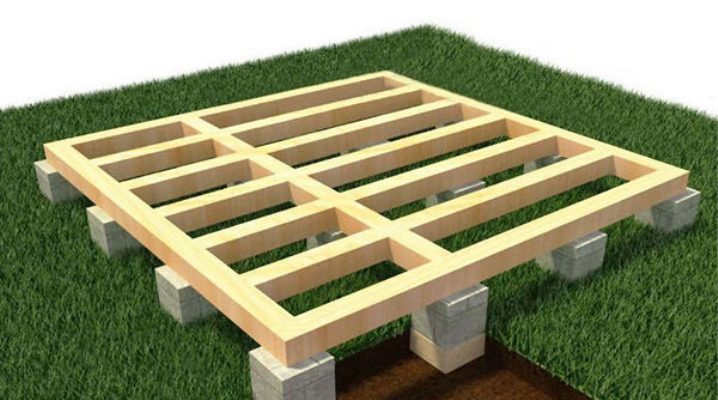
The construction of various structures is often delayed for months or even years. Private houses are no exception, because a small amount of work is complicated anyway by a lack of experience, training, special tools, and so on. But in order to live and work normally at the facility, you should use a specially prepared trailer on a well-made foundation.
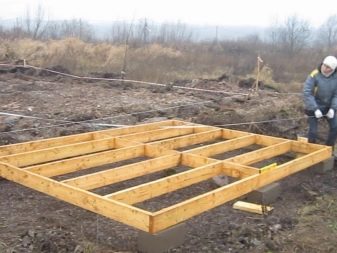
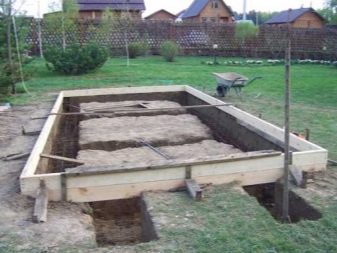
Peculiarities
All those who build their own houses and auxiliary buildings with them will be able to build a foundation for a change house with their own hands. However, there are still a number of subtleties that cannot be ignored. Since such structures are actively used not only by builders, but also by simple summer residents, they lay out tools there, store clothes, sometimes live for weeks. Therefore, on the one hand, the construction turns out to be easy and temporary, but on the other, it is capital in execution. The slightest mistakes can lead to the fact that the change house will not be able to fulfill its function.
The base for the change house should not be capital in execution. After all, this will only entail unnecessary expenditures of time, money and effort. Simplicity and cheapness are the key points worth pursuing.
Usually a change house is installed without the involvement of qualified specialists, especially without technology. The main thing is to choose the right device diagram and comply with the basic technological requirements.
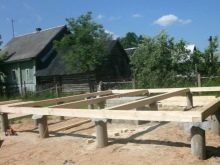
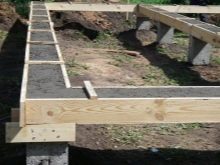
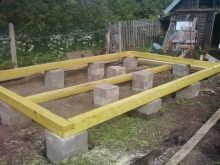
Variants
Foundation blocks were widely used in the construction of cabins. It is such a base that is recommended during construction on solid ground. The site, as with any other type of construction work, must be thoroughly leveled and cleaned of anything that might interfere. Any grass, any shrubs is categorically unacceptable. Often the soil is compacted or spilled with water so that block parts do not sink into it under the created load.
After the end of such work, a cushion is needed, which is formed from crushed stone, coarse sand or gravel. It is assumed that this dump should be leveled and tamped thoroughly. For work, there is enough manual ramming capabilities, since more powerful tools are redundant. Be sure to have to mark the site for the most accurate orientation. Block bases are divided into two types: tape and pillars.
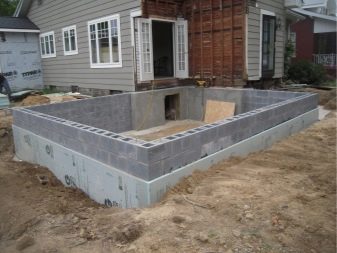
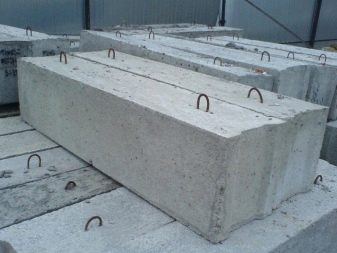
Tape design implies preliminary pouring of a concrete screed or direct placement of the foundation on the underlying cushion.
VImportant: if you arrange such a foundation on a soil prone to swelling, it will almost certainly not last the prescribed period. Much more often, therefore, they use a columnar scheme. The distance separating the pillars from each other is determined by the load generated and other features of the work. The advantage of the pillar design is the ability not to waste time and effort in leveling the base.


Strict horizontal laying can be achieved if you put higher posts on one side than on the other. Their best height ranges from 0.2 to 0.4 m - and not too laborious, and there is a real guarantee that the base of the house will not get wet when precipitation falls.
Important: full-weight blocks are usually placed under temporary buildings. Their hollow varieties are not strong enough and, when a certain load is exceeded, they quickly crack. Slab bases are even rarer.
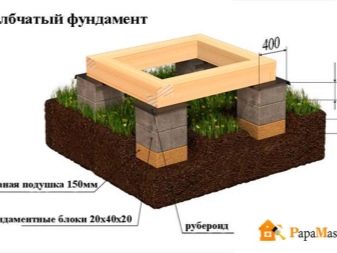
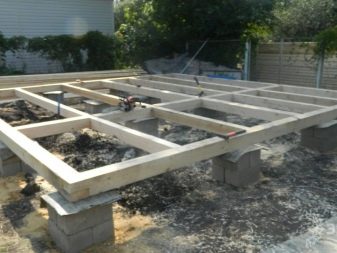
Many people prefer to use a selection of tires, since this material is wasteful and very inexpensive. At the same time, their practical qualities are very good, especially on damp or actively moving ground. A more traditional approach involves the installation of a change house on screw piles.
It is impossible to make only one mistake: to think that there may be some one universal basis, even in adjacent areas. You should carefully study the properties of soil and groundwater at the site.
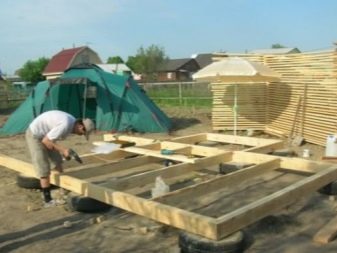
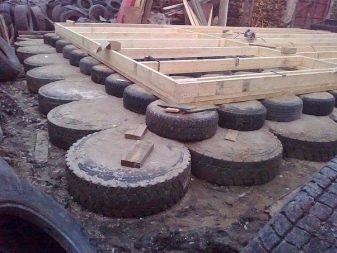
Tips for selection and execution
The advantages of car tires are:
- minimum investment of time and money;
- effective waterproofing;
- compensation for seasonal variations in size;
- the lightness of the products themselves.
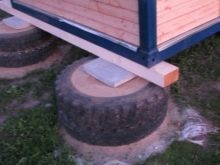
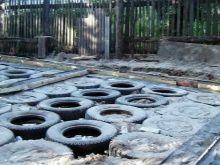
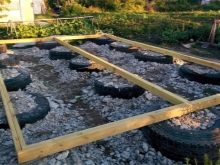
But you have to take into account that tires located on the surface can spread harmful substances around them. Therefore, you should immediately think about how to organize normal conditions for their operation. Step-by-step instructions for making a slab foundation made of tires (two-layer) provide:
- removal of even small stones and dirt;
- clearing the surface layer;
- filling the void between the tire layers with gravel or bricks;
- roofing material flooring over the foundation;
- formation of formwork with wooden boards 0.1 m high;
- layout of fittings inside it;
- pouring with concrete.


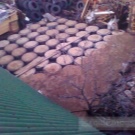
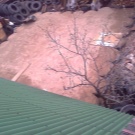
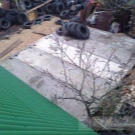
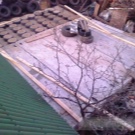
It is somewhat more difficult to use columnar tire laying, but the reliability of the created structure will already be fully ensured. It is not for nothing that this option is recommended for places with increased seismic activity. In the pit, inside of which a significant layer of soil is removed, crushed stone is poured and thoroughly compacted.
The marking of the site is carried out using stakes; tires are placed on the same stakes, taking care of an even horizontal. When several days have passed after pouring the concrete, you can form a strapping and build the change house itself.
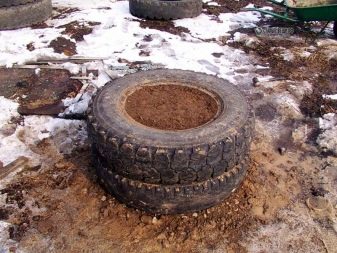
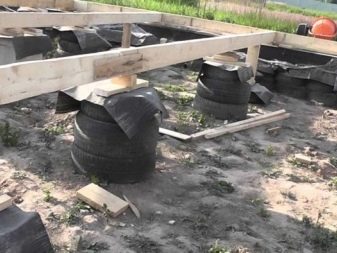
If a house based on foundation blocks is familiar to builders, then installing them under a temporary trailer still has some features. It makes sense to choose such material because:
- it is relatively inexpensive;
- there are a number of varieties of such products;
- cold resistance is guaranteed;
- blocks can easily tolerate even serious adverse changes in the environment.
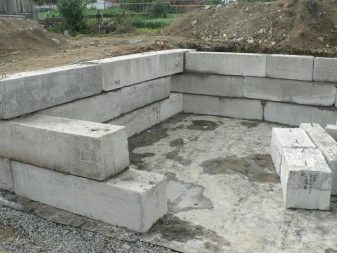
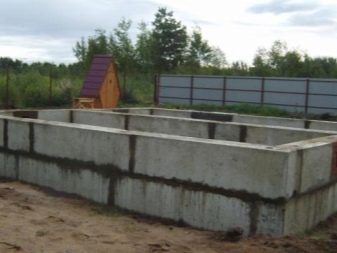
FBS made of expanded clay concrete (wall or pillow) are most often used for installation under cabins. The wall option is in demand where part of the foundation is located underground, and part above it. It is not difficult to distinguish a wall rectangle from a pillow trapezoid. The advantage of the second option can be considered an increase in the reference area and a decrease in the drawdown. The base parts are first fastened together.
Ideally, it is worth preparing the masonry mixture without adding water; if you have to use it, you need to do it carefully. After all, an excess of moisture will immediately worsen the parameters of the created masonry. It is worth considering that the use of blocks sometimes leads to deviation from the horizontal. This must be constantly monitored and corrected in a timely manner. For observation, a building level is used (vertically and horizontally) and a long cord, which determines the straightness of the foundation.


Maximum attention is paid to seams, joints - not a single pass should remain in them. It is recommended to add mixtures responsible for waterproofing to the working solution. The trench is filled with clay, which must be additionally tamped. Pillar foundations require the creation of bollards and filter pads for each cut. They start with tamping the bottom and laying out the pillow (5 parts of sand to 10 parts of crushed stone).
This base is leveled and marked in a certain way. Then the pillow is spilled with bituminous mastic. That's it, after that you can put the first row of blocks. Pulling the cord helps avoid problems caused by different levels of detail.Having laid out the first, you need to cement it and lay the second line.
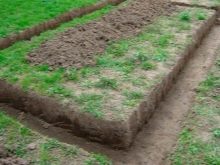
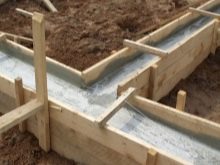

You need to start work from those points where the walls and corners will intersect. The foundation must fit under each track of the structure. If the pile option is chosen instead of the block one, rods made of wood or (which is much better) steel are used. Preparing for subsequent work can be facilitated by uprooting stumps and roots with a tractor. It is also possible to install a change house on a concrete foundation extending 0.2 - 0.3 m deep; however, the reliability of such a solution is overshadowed by its increased cost.
Sometimes there are mentions that it is enough to just fill in the rubble and be limited to this. But the service life of such an improvised foundation will be short. Crushed stone will still be washed out, and the trailer will sag. For leveling most sites, 1-1.5 cubic meters are enough. m of sand. It is important to take into account the nuances that arise when building on clay soil. A hole is pre-drilled to assess the real quality of the soil and the depth of the solid massif. If high standing soil waters are found, especially when they rise above the freezing line, high-quality drainage should be provided. Pipes with special holes are laid out with a slope in the desired direction.
The tape, laid on clay soil, should have a wider concrete backing than itself. Wooden blocks can be used to connect opposite sections of the formwork.
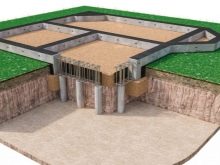

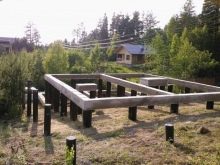
You can learn more about the types of foundations for a change house from the following video.













The comment was sent successfully.